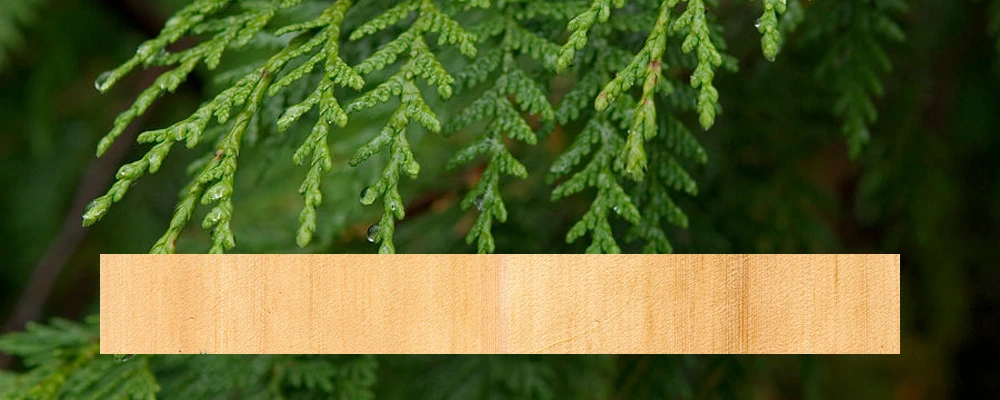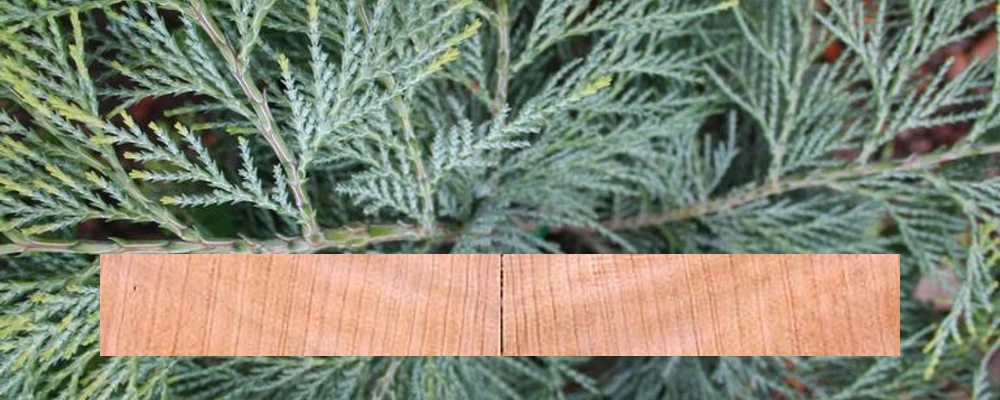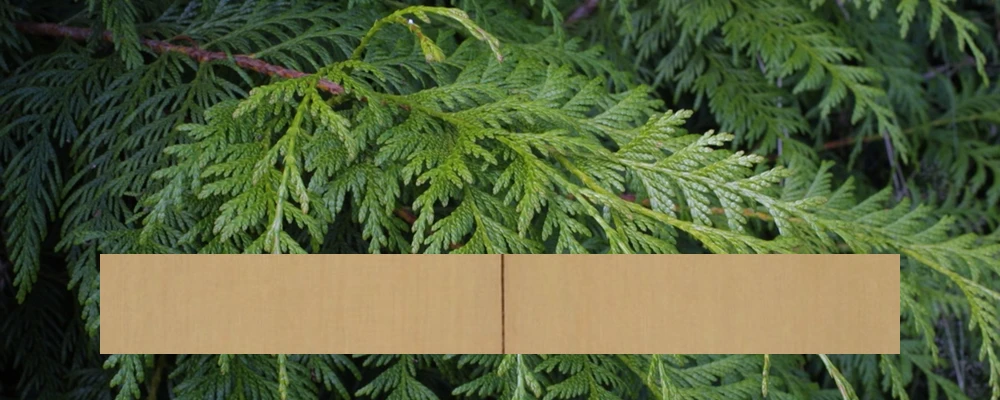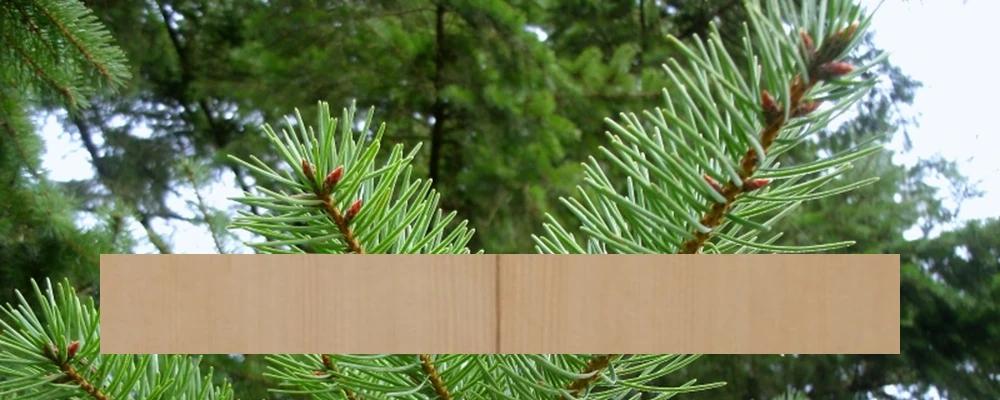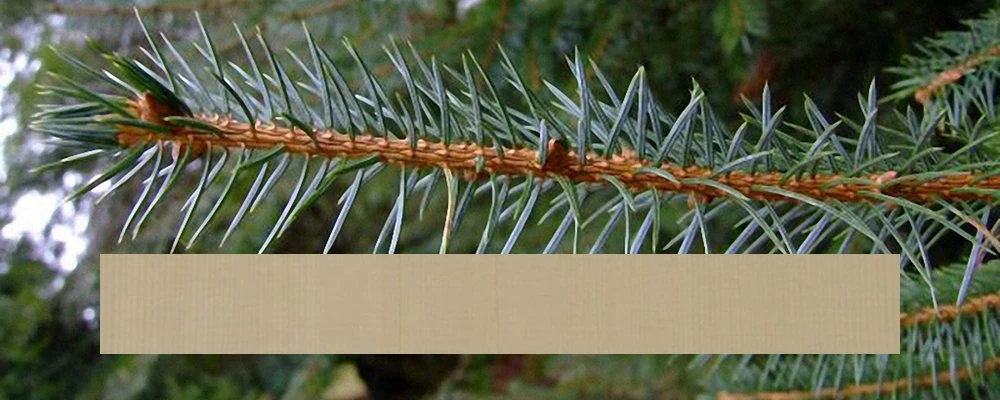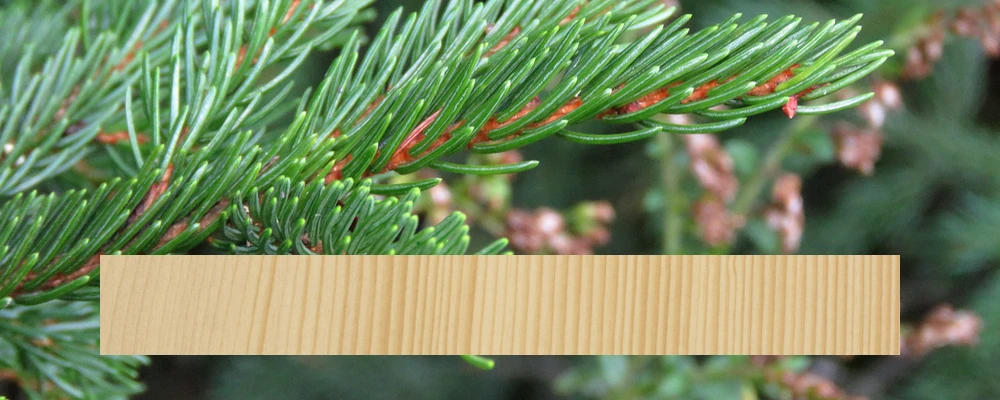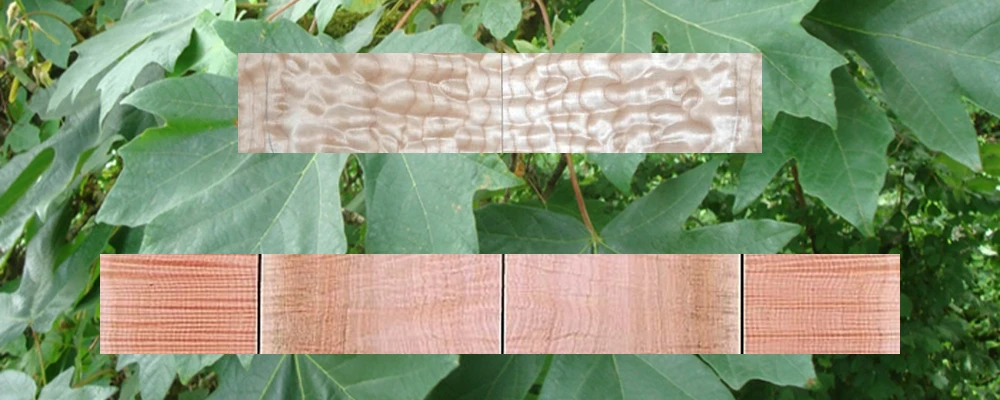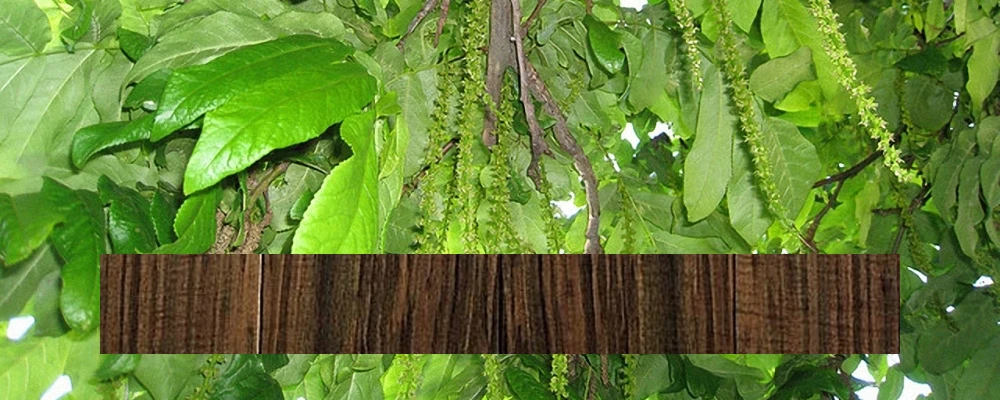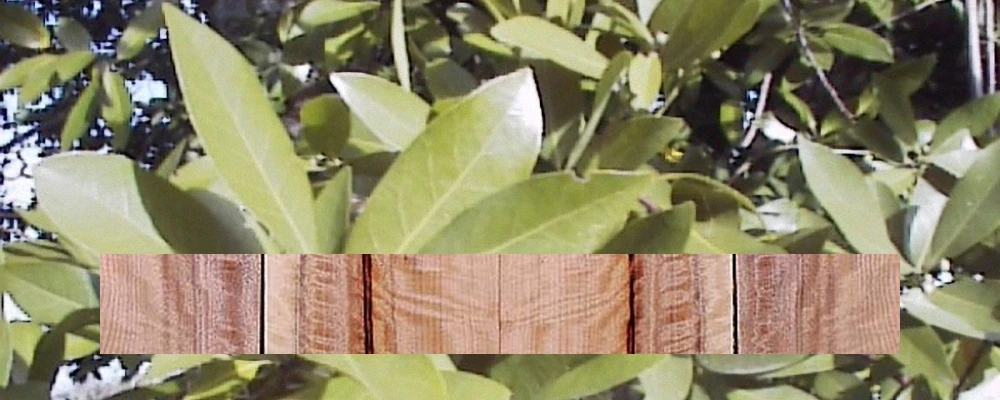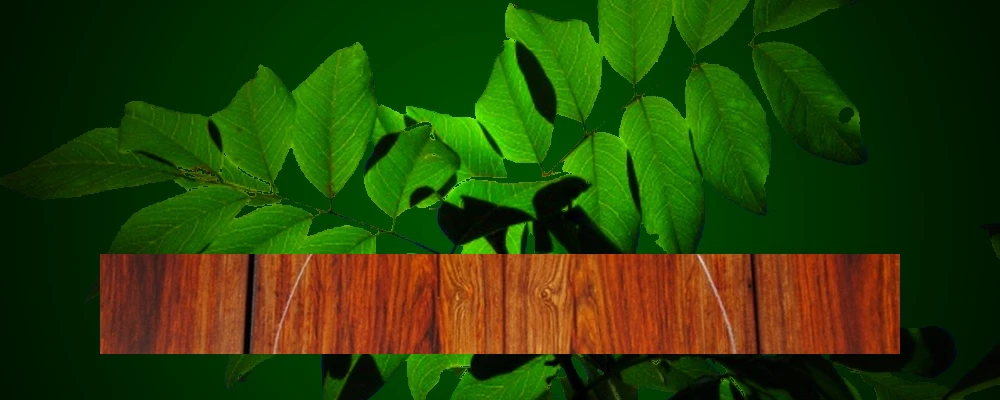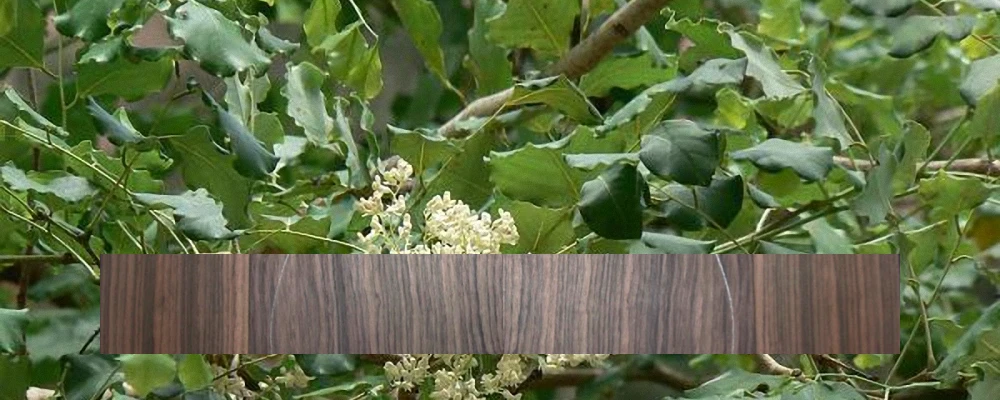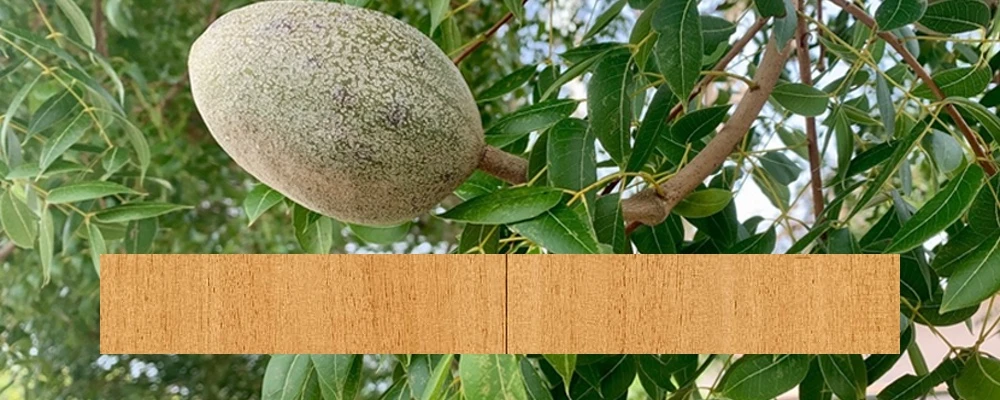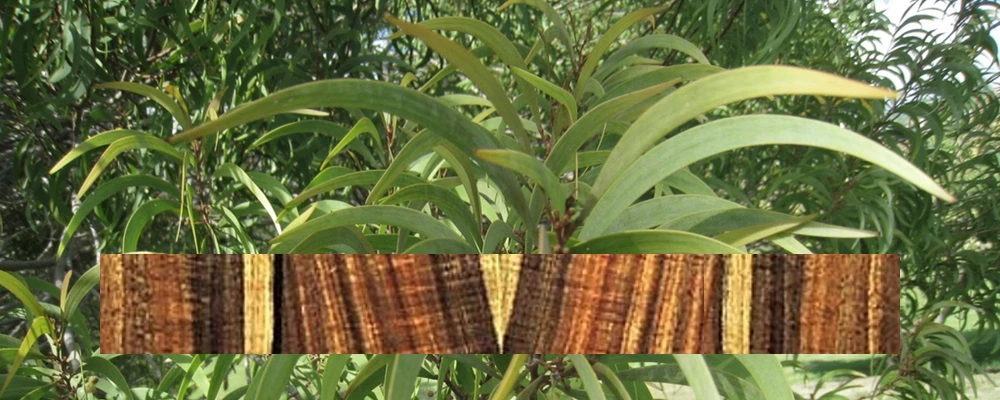Tonewoods
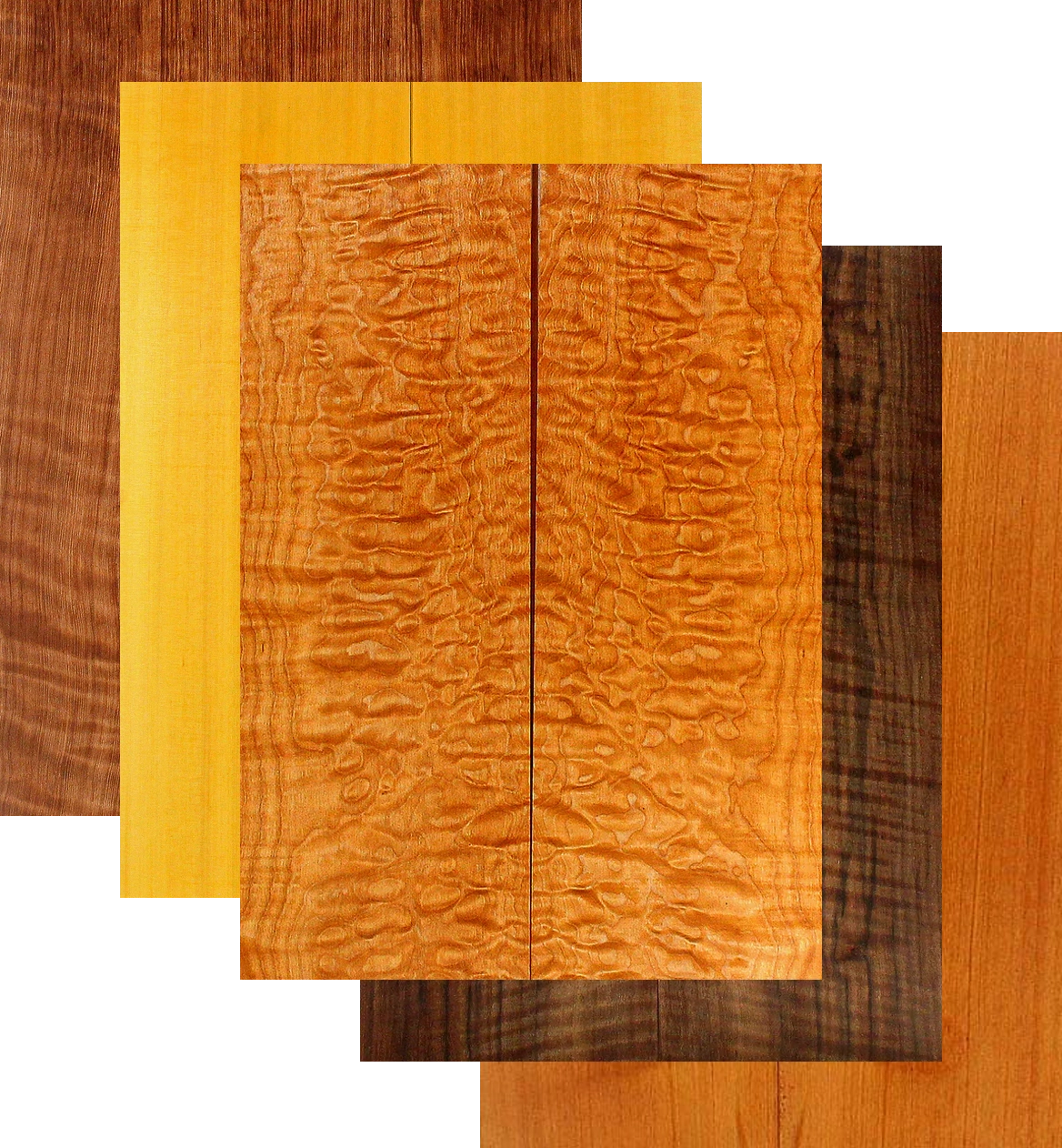
A tonewood may be defined as a wood exhibiting musical properties when tapped or struck. Acoustic instruments, guitars in particular, are most often built using woods having such qualities. A broader definition of tonewoods may include any wood used in the construction of a musical instrument.
In addition to musicality, several factors determine a given wood's suitability for inclusion in a given guitar build such as workability, strength, aesthetics, availability, etc. Wood species that tend to score higher with both builders and players alike are generally referred to as tonewoods.
I am of the persuasion that many of the traits and characteristics of various species of tonewoods are observable, recognizable and even distinguishable, though that does not mean that all traits are always present in every sample. I explore this topic a bit further in my article titled » Wood is Wood.
In the brief listing below I have compiled various measurements along with my own subjective and esoteric understandings of a sampling of my favorite acoustic guitar construction woods. Note that these are mostly North American species found predominantly in the Pacific Northwest region of the United States. Contact CJ at Oregon Wild Wood for some outstanding examples of these wonderful woods.
